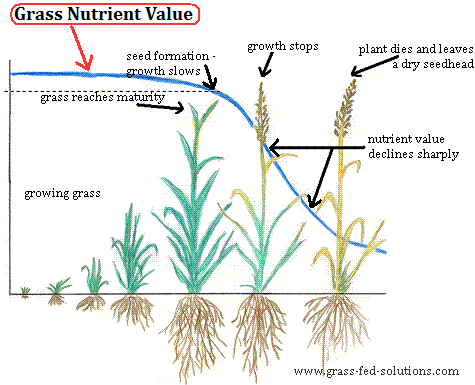posted 14 years ago
Wow, with 2 acres per cow I can already see we have a problem, since we are vegetarians and love our cows (it's a hindu monastery/farm), so no question of ever selling them to people who see them as food. Right now we have roughly 10 acres of pasture (could be more, I don't know, I usually just cook, process the milk and take care of the deities, but as much as the other monks all talk of self-sufficiency, they all seem to think with a modern, Western mind, like: "We want to have our cows happy, what's the best grass in Costa Rica? Fine, we'll plant it everywhere. The best, the highest, the only, the largest, aaaahhh!!!" kind of thing. Meanwhile I found out about permaculture and related practices, and I want to sound very convincing and authoritative if I want to help out). Ten acres and nine cows sounds already tight. What we really want to do is start a herd of miniature jersey/zebus. We have the miniature jerzebu bull, and two jerseys. The other 6 are full size cows, of whom one is milking. There is talk of parking them in the neighbor's pastures for a monthly fee.
Anyway, right now our pastures are all claimed from forest, there are still so many stumps that keep shooting up, so many weeds, and just one kind of grass, that we planted at least. The cows may be munching on other minor stuff, too.
Personally I think the pastures should be terraced to begin with, to retain water and have greener grass longer. I would go full force with edible living fences, legume trees that would shade, provide nitrogen for the grass and food to the cows with their fruits, tens of varieties of grasses and legumes, etc. and make a cow supermarket where they can eat whatever they want (including medicinal herbs).
Until then, since I don't think we have a budget for the back hoe, I wanted to at least talk the rest of us into this type of grazing. Right now when the grass is over there is nothing else to eat, and we move them to another pasture for two months (I think), until the other grass barely recuperates, but I understand the grass has to be able to produce seed heads, etc.
Maybe tomorrow I'll ask the peones who work here how they are running stuff, but they have lost a lot of the local knowledge and they are actually pushing for us to use herbicide, fertilizer as if there was absolutely no way around it. On top of that they see us as clueless gringos from cities (which is kind of the case often), and they think that the Costarican way is the only and the best, so it can be tough sometimes...
The videos I've seen so far are of people who converted their perfectly flat land with one grass into a perfectly flat land with many types of grasses that grow all year around, and they changed the grazing pattern, but here I am trying to figure out how to get rid, if not of the steepness of the soil, at least of all these stumps of bushes that keep coming up, plus other weeds. So anyway, I thought I would divide each pasture into section with electric wire every day, but given 1-2 acres per pasture it sounds like I can't do much. Right now we have one cow, the ox and a heifer in the neighbor's pasture. We have two yearlings in one pasture and the two jerseys in another pasture. The milker is alone in the electic pasture from 8 to 2pm, then she comes into the barn, and the bull is penned up until the yearlings come back and he sleeps in the pasture. So we're packed, yet I don't see the benefits of high density grazing, just stress. I wish I could have living feedback. What if I posted pictures of all the cows and pastures?
Writing from Madhuvan, a yoga retreat/organic farm on the West Coast of Costa Rica.






































